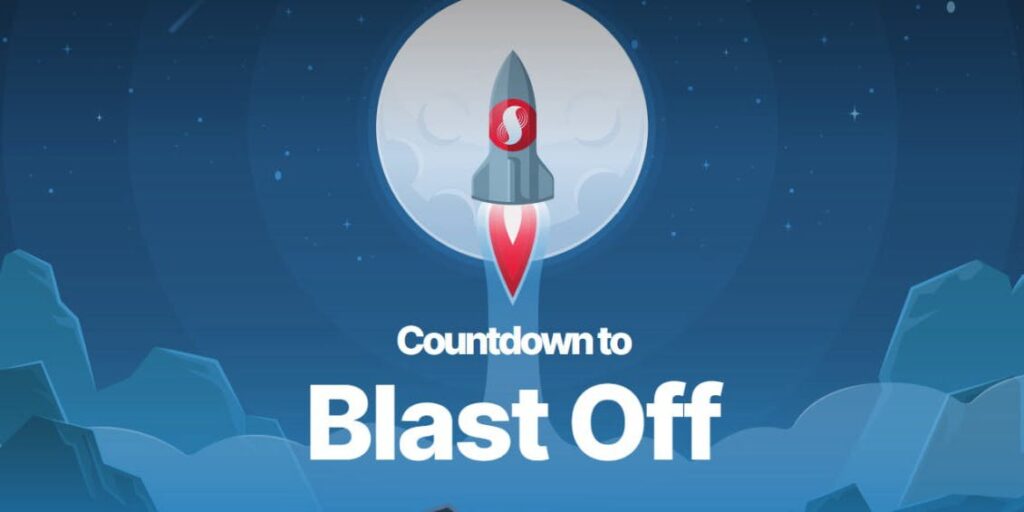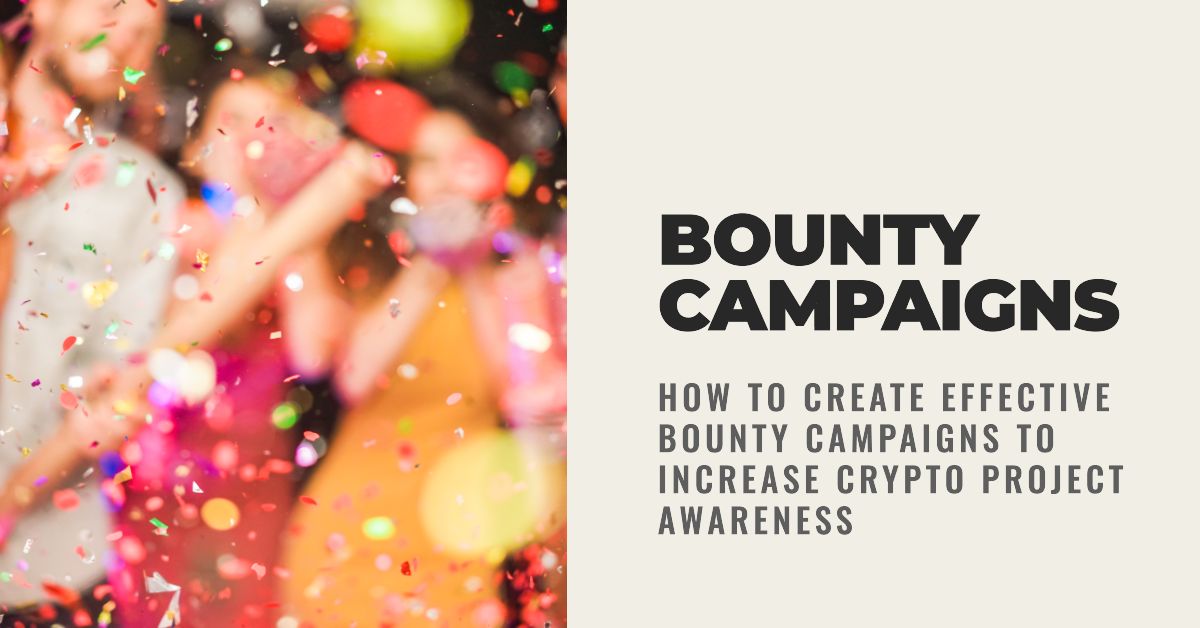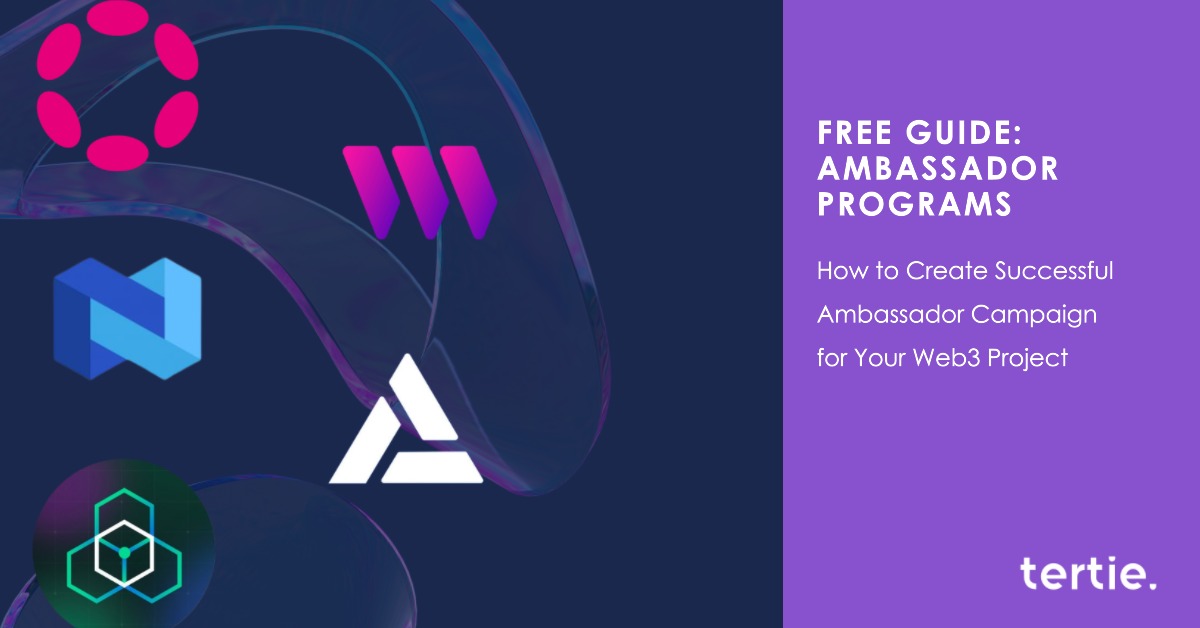Bounty campaigns are an essential part of a crypto project’s marketing strategy. They can help increase awareness, generate buzz, and attract potential investors. However, organizing and managing a bounty campaign can be challenging, especially for new projects. In this article, we will discuss how to craft, post, and manage an effective bounty campaign.
What is a Bounty Campaign?
A bounty campaign is a marketing strategy that rewards individuals, also known as bounty hunters, for performing specific tasks that promote a crypto project. Bounty hunters can earn tokens or other rewards by completing tasks such as sharing the project on social media, creating content, or participating in airdrops. The tasks and rewards are outlined in the bounty campaign’s rules and regulations.
The Purpose of a Bounty Campaign
The main purpose of a bounty campaign is to increase awareness and engagement for a crypto project. Bounty campaigns can help build a community around the project, increase social media presence, and attract potential investors. By incentivizing individuals to promote the project, the bounty campaign helps increase its visibility and credibility in the crypto community.
Types of Bounty Campaigns
There are several types of bounty campaigns, including signature campaigns, social media campaigns, content creation campaigns, and referral campaigns. Signature campaigns require participants to add a project’s logo or signature to their forum profile or signature. Social media campaigns require participants to share a project’s content on social media platforms. Content creation campaigns require participants to create content such as blog posts, videos, or graphics. Referral campaigns require participants to refer new users to the project.
Bounty Campaigns Statistics
According to a report by Bounty0x, the most popular type of bounty campaign is the social media campaign, followed by content creation campaigns. The report also found that the average bounty campaign lasts around 60 days, and the average payout per participant is around $50 worth of tokens.
How to Organize a Bounty Campaign
Organizing a bounty campaign requires careful planning and consideration of several factors.
How Many Tokens to Allocate on Bounty
The first step in organizing a bounty campaign is to determine how many tokens to allocate. This will depend on the project’s budget and the number of tasks that will be included in the bounty campaign. It is important to allocate enough tokens to incentivize participants but also to avoid a token price dump.
Tips for Decreasing a Token Price Dump
To avoid a token price dump, it is recommended to allocate tokens gradually over several rounds and not to release them all at once. Another strategy is to lock up the tokens that will be used for the bounty campaign for a certain period, such as six months or a year, to prevent participants from selling them immediately.
Multiple Rounds vs Single Bounty Session
Deciding to run multiple rounds or a single bounty session depends on the project’s goals and timeline. Multiple rounds can help maintain engagement and interest in the project over a longer period, while a single bounty session can create a sense of urgency and encourage more participation.
What Bounty Programs to Include
The next step is to determine which bounty programs to include in the campaign. This will depend on the project’s goals and target audience. For example, if the project is targeting social media users, a social media campaign may be the most effective.
Bounty Platforms vs Hand-Run Bounties
Deciding whether to use a bounty platform or to run the bounty campaign by hand depends on the project’s budget and resources. A bounty platform can help automate the process and reach a wider audience, but it also comes with fees. Running the bounty campaign by hand requires more time and effort but can be more cost-effective.
Own vs Hired Bounty Manager
Deciding to manage the bounty campaign in-house or to hire a bounty manager depends on the project’s resources and expertise. Managing the bounty campaign in-house requires more time and effort, but it can also provide more control over the process. Hiring a bounty manager can help streamline the process and provide expertise, but it also comes with additional costs.
How to Craft an Effective Bounty Campaign
Crafting an effective bounty campaign requires careful attention to detail and consideration of several factors:
Find the Best Title
The title of the bounty campaign should be clear and attention-grabbing. It should communicate the purpose of the campaign and the rewards that participants can earn.
What to Include in Bounty Heading
The heading of the bounty campaign should provide more details about the campaign, such as the tasks that participants will need to complete and the timeline for the campaign.
General Bounty Terms & Conditions
The general terms and conditions of the bounty campaign should outline the rules and regulations that participants will need to follow. This should include information about eligibility, task requirements, and rewards.
Bounty Programs’ Tasks, Rules, and Rewards
The bounty programs’ tasks, rules, and rewards should be clearly outlined in the campaign. This should include information about the types of tasks that participants can complete, the rules for completing them, and the rewards that will be offered.
What Images to Include in Bounty
Images are an essential part of a bounty campaign as they can help grab participants’ attention and communicate the campaign’s message effectively. It is recommended to include images that are relevant to the project and the campaign, such as the project’s logo or graphics related to the tasks.
Bounty Forms and Spreadsheets
Bounty forms and spreadsheets can help streamline the process of managing the campaign and tracking participants’ progress. It is recommended to use a form or spreadsheet that is easy to use and understand.
Best Tips for a Bounty Publishing

Publishing the bounty campaign requires careful consideration of several factors:
Where to Publish a Bounty
The bounty campaign should be published on platforms that are relevant to the project and the campaign’s target audience. This can include crypto forums, social media platforms, and bounty platforms. You can create your Bounty Campaign under other platforms’ domains or under your own using platforms like Good Quests for creating your Bounty Campaign page.
Best Time for Bounty Publishing
The best time to publish a bounty campaign depends on the project’s goals and target audience. It is recommended to publish the campaign when the target audience is most active and engaged.
How to Run & Manage Bounty Campaign
Running and managing a bounty campaign requires careful attention to detail and consideration of several factors. It is important to communicate with participants regularly, provide updates on the campaign’s progress, and address any questions or concerns.
How to Check Bounty Hunters Work
Checking participants’ work requires careful review and verification of the tasks that they have completed. It is recommended to use a system that is transparent and easy to use, such as a form or spreadsheet.
How to Spot Cheaters, Scammers, and Multi-Accounts
Spotting cheaters, scammers, and multi-accounts requires careful review and verification of participants’ work and activity. It is important to have clear rules and regulations in place and to communicate them effectively to participants.
Why the Number of Participants is Not Growing
If the number of participants is not growing, it may be due to several factors, such as a lack of awareness or interest in the project, unclear or complicated tasks, or a lack of rewards.
Best Tips for Bounty Participants Increasing
To increase the number of participants, it is recommended to promote the campaign on relevant platforms, communicate the campaign’s message effectively, and offer clear and achievable tasks and rewards.
How to Finish a Bounty Campaign

Finishing the bounty campaign requires careful consideration of several factors:
Bounty Campaign Closing and Calculating the Results
The bounty campaign should be closed at the designated time, and the results should be calculated based on the tasks completed by participants.
Tokens Distribution to Bounty Hunters
Tokens should be distributed to participants based on the tasks completed and the rewards offered.
How to Avoid Scam Accusation and Why It’s Important
To avoid scam accusations, it is important to have clear rules and regulations in place and to communicate them effectively to participants. This helps ensure that the campaign is fair and transparent.
How to Use a Bounty Community Power
The bounty community can be a valuable asset for the project, and it is important to engage with participants and build a strong community around the project.
In conclusion, organizing and managing a bounty campaign can be a valuable marketing strategy for a crypto project. By carefully crafting, posting, and managing an effective bounty campaign, projects can increase awareness, generate buzz, and attract potential investors. It is important to consider all factors, including the budget, tasks, rewards, and participants, to ensure a successful campaign.



